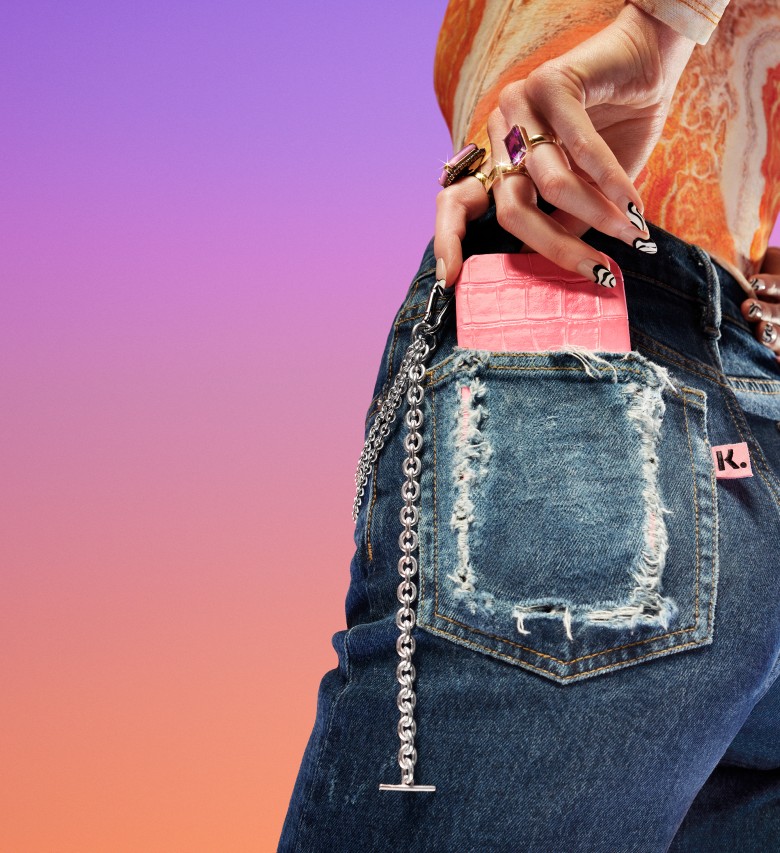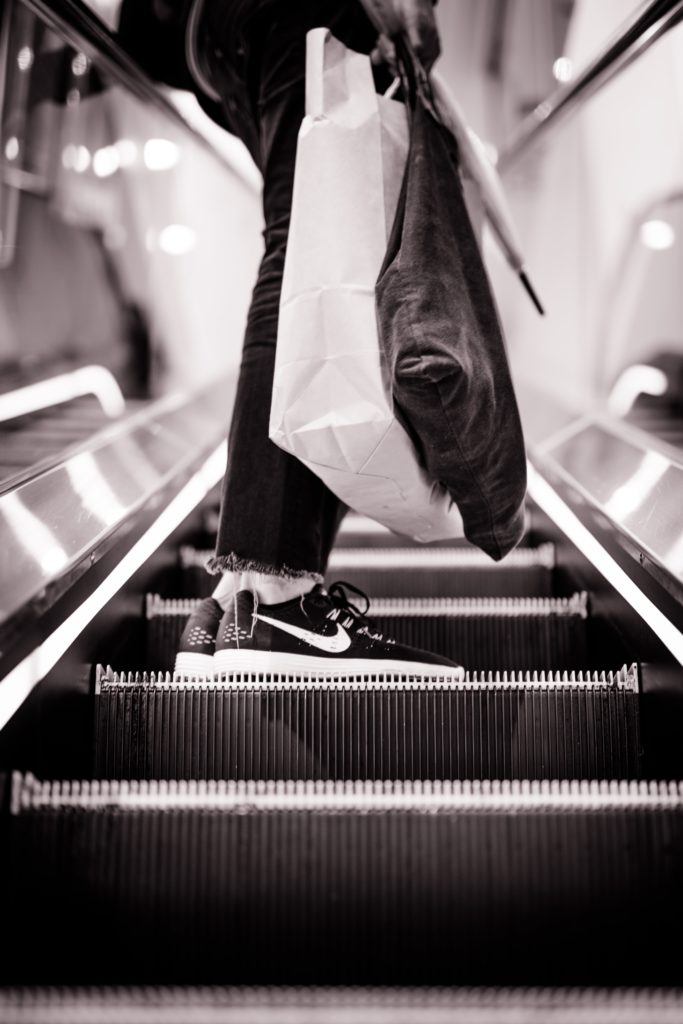
Loyalty cards.
Plastic loyalty cards. Most of us have a whole bunch of them stacked in our wallets or lying around at home and have most definitely been offered to sign up to many more. They promise us discounts, cashback and rewards for being loyal customers when shopping in-store. But there are only so many loyalty cards you can fit into one wallet. How can brands convince consumers to sign up to yet another loyalty program? How is shoppers’ behaviour with respect to loyalty cards changing in the face of the rising popularity of mobile payments?
In this report, we deep dive into the attitudes towards loyalty cards across 19 markets, with responses from 20,000 consumers across the world.
Happy exploring!
Methodology.
Klarna research occurred in May 2022, in cooperation with Dynata and across 19 countries (US, Canada, UK, Ireland, Australia, New Zealand, Germany, Austria, Poland, Netherlands, Belgium, France, Sweden, Norway, Finland, Denmark, Italy, Spain, and Portugal). The survey includes a minimum of 1,000 respondents in each country. In total, 20,413 consumers ages 18 to 75 participated.
19 countries
20,413 consumers
Are there more loyalty cards or wallets in the world?
The retail version of the “doors or wheels” brain teaser could be “loyalty cards or wallets”. If you check the homes and pockets of shoppers across the world, will you find more loyalty cards or wallets?
The majority has more than one.
Many retailers offer incentives and benefits to retain loyal customers and it’s clear they are very popular. While very few shoppers are not tempted by discounts and rewards from their favorite retailers, the vast majority has more than one.
84%
have at least one loyalty card.
68%
have more than one.
Most loyalty card holders use it at least one once a week.
Whether you’re shopping for groceries and everyday essentials, making a dream purchase or have found yourself at the checkout with an impulse buy, reward programs appear to work well as an incentive for using loyalty cards. After all, every penny spent counts towards a return. 2 out of 3 are using a loyalty card on a weekly basis, while 9 out of 10 are using them once a month. An estimate based on the frequency of usage shows that the average shopper uses a loyalty card around 108 times each year.
Overwhelming amounts of physical cards.
Today, despite a massive shift towards digital payments, you are still very likely to find a plastic loyalty card in most shoppers’ wallets. But you are equally as likely to find a shopper who has left one or more of their cards at home, or rejected the idea of signing up to another loyalty program altogether, unwilling to carry another card with them while out shopping.
The wide availability of loyalty programs is overwhelming for shoppers.
Ever been out shopping and been asked to join another reward program? You are not alone. We’ve all been there, stood at the checkout weighing up whether it’s worth signing up to another loyalty program. Is the opportunity to save money great enough? Is it worth having to carry another card with me? With the majority of retailers offering a loyalty program these days, consumers are feeling overwhelmed. This sentiment is felt most strongly by younger generations, while the Baby Boomers are the most open to joining new and a broader number of programs.
Many loyalty cards are left behind by shoppers.
Despite the benefits of discounts, rewards and cash back loyalty programs, the majority of shoppers are not bringing all their loyalty cards with them when they go shopping – which means that they risk losing out on the benefits if caught without their card at the checkout.
52%
52% of shoppers don’t carry all their loyalty cards with them.
Gen Z
are the most likely to leave their physical cards at home, and less than a third (31%) have all their loyalty cards available when they go shopping.
The vast majority of shoppers have rejected a new loyalty card.
There are no downsides to signing up for a loyalty card… or are there? Despite loyalty cards being offered to shoppers for free, with the intention to save users money, consumers still reject signing up to new loyalty programs. Why? For the majority, it comes down to how attractive the reward program is, although nearly one-third have also avoided a loyalty program simply because they didn’t want to add another card to their wallet. What’s clear is for retailers to onboard new loyalty members, the kickback needs to outweigh the hassle of signing-up and committing to another card.
74%
33%
say it is because they don’t want another card to carry with them – or any plastic cards at all.
Missing out on the benefits.
Have you ever reached the checkout to discover you left your loyalty card at home so can’t collect the reward points? Or that you previously declined one in the same checkout because you didn’t want to carry another plastic card? You are not alone with this either, and you are once again more likely a member of the younger generations.
Is the future of loyalty cards digital?
The shift towards digital has never been faster. Today shoppers are in search of more efficient solutions that help them save time and money when shopping. With smart ways to pay on your phone, loyalty cards will follow a similar transition.
Shoppers are positive towards replacing their plastic cards with a mobile app.
Unsurprisingly, given that shoppers express feeling overwhelmed by the amount of loyalty programs available and as a result, the number of plastic cards they need to carry with them, an overwhelming majority are positive towards carrying them digitally.
73% of shoppers globally are positive about replacing their plastic cards with an app that stores all of their loyalty and rewards programs digitally. While this trend is reflective across demographics, the sentiment is the strongest among the younger generations, with 81% of Gen Z’ers and 82% of Millennials look forward to a future in which they never miss out on potential benefits in the checkout when shopping at their favorite stores – assuming they wouldn’t leave their smartphones at home.
And that’s that.
Thirsty for more knowledge?
Make sure to check out the other reports available at Klarna Insights.


